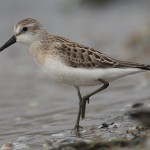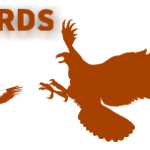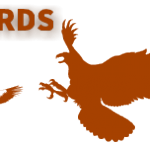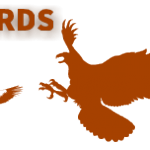A bird with a broken wing is as good as doomed out in nature. As it will be prey for other predators and be unable to catch food, its days would be numbered.
A broken wing is usually a death sentence for any wild bird. The most common survivable scenario is if the bone called the radius is broken. That is one of the two bones that comprise the forearm (between wrist and elbow). There are two long bones in that part of the arm, side-by-side (just as in your arm).The radius is the thinner of the two, and if that bone breaks but the broken ends still remain in contact with each other, it is possible for the calcium to build up and re-bridge the gap, healing the broken bone.
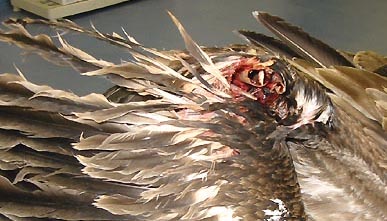
Treatment options to heal the broken wing
Duration of the fracture
In the perfect world, fractures that are repaired within 24 hours of their occurrence have the
best outcome and prognosis.
This does not always occur – animal is not found, or it is held by a member of the public, or more commonly, the carer does not appreciate the importance of the bird seeing a vet today and having a diagnosis made and surgery if required.
Fractures that are open (and thus infected) for longer than 24 hours have a much poorer prognosis. The longer the fracture spends broken, the more muscle contraction, drying of tissues, and progression of infection that occurs. The ends of the bone have begun to heal over by 48 hours.
We age fractures by looking at the colour of the bruising: red- less than 24 hours, blue-purple older than 24 hours but less than 5 days, green – 5 – 7 days, yellow greater than 8 days, no colour – older than 2 weeks. This is not accurate, but it is a start!
Locations of Fractures
Where the fracture is found has a great bearin g on whether the bird will be successfully released and also what method to fix the fracture is used.
Humerus fractures – most common fracture an d requires surgery. Prognosis: 1.3% are released (Mason 2004)
Radius – can be bandaged, about 20% are successfully released.
What fractures can be bandaged?
Shoulder fractures of coracoid, scapula and furcula if less than 400g (Redig 1993) – and not in a high performance flier (raptor, migratory bird).
– Radius – closed fractures from middle of bone to distal end.
– Ulna – closed fractures along length
– Hand – closed fractures (rare occurrence)
– Tibiotarsus – upper two thirds of bone – common in young magpies
Metatarsus (foot) – simple fractures – ball bandage required.
Bandages are changed on the wing every 3 days, and every 5 – 7 days for leg fractures. The frequency of bandage changes is dependent on the presence of open wounds – daily changes for first 3 days with saline dressings, reduced to changes every 3 – 5 days dependent on the wound. Check bandages daily for swelling, pain or lack of use on limb.
Use Vetrap (Coplus, etc) or Micropore only as bandage material – NO ELASTOPLAST as it damages the feathers.

